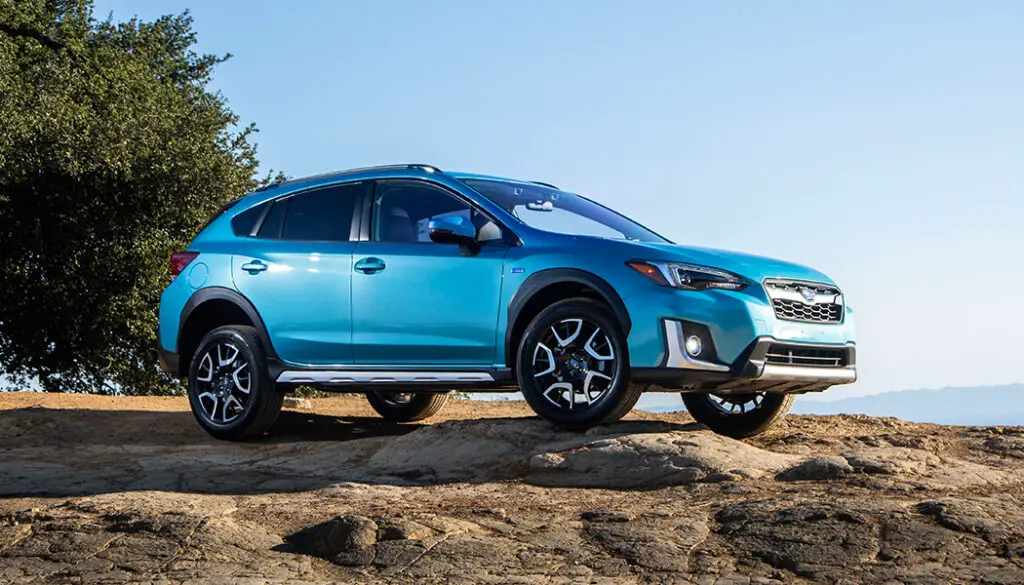If you’ve been shopping for a new vehicle lately, you’ve likely come across the term “CUV” or Crossover Utility Vehicle. CUVs have been steadily gaining popularity over the past decade, offering a unique blend of features from traditional sedans, SUVs, and hatchbacks. But what exactly is a CUV, and what makes it different from other vehicle types?
Here’s a table summarizing the key points about Crossover Utility Vehicles (CUVs):
| Feature | Description |
|---|---|
| Definition | A CUV is a vehicle that combines elements of a passenger car and an SUV (Sport Utility Vehicle). |
| Platform | Built on a unibody platform, similar to sedans and hatchbacks. |
| Ride Height | Offers a raised ride height, like an SUV. |
| Cargo Space | Typically has more cargo room than sedans, thanks to taller roof lines and expanded rear areas. |
| Seating Position | Higher seating position provides better visibility and easier entry/exit. |
| All-Wheel Drive | Many CUVs offer an all-wheel drive (AWD) option for improved traction. |
| Fuel Efficiency | Generally better fuel economy than truck-based SUVs due to unibody construction. |
| Ride and Handling | Balanced ride and handling, combining car-like comfort with SUV versatility. |
| Sizes | Available in subcompact, mid-size, and larger three-row models. |
| Purpose | Designed primarily for on-road use, focusing on comfort, efficiency, and everyday practicality. |
What is a CUV?
A Crossover Utility Vehicle, or CUV, is a vehicle that combines elements of a passenger car and an SUV (Sport Utility Vehicle). CUVs are built on a unibody platform, similar to sedans and hatchbacks, but they offer the raised ride height, increased cargo space, and available all-wheel drive capability of an SUV.
CUVs are often described as “car-based” SUVs, as they share their underlying architecture with passenger cars rather than the body-on-frame construction of traditional truck-based SUVs. This unibody construction typically results in better handling, a smoother ride, and improved fuel efficiency compared to truck-based SUVs.
The Unique Blend of CUVs
One of the main appeals of CUVs is their versatility. They offer the convenience and maneuverability of a sedan or hatchback while providing the extra interior space, cargo capacity, and higher seating position that many drivers desire.

Unlike traditional SUVs, which were primarily designed for off-road capability and towing, CUVs are engineered primarily for on-road use, with a focus on comfort, fuel efficiency, and everyday practicality.
CUVs come in a wide range of sizes, from subcompact models like the Honda HR-V and Hyundai Kona, to mid-size options like the Toyota RAV4 and Ford Edge, all the way up to larger three-row models like the Volkswagen Atlas and Chevrolet Traverse.
Key Benefits of CUVs
- Increased Cargo Space: CUVs typically offer more cargo room than their sedan counterparts, thanks to their taller roof lines and expanded rear cargo areas. Many CUVs also feature folding rear seats, allowing you to easily expand the cargo area when needed.
- Higher Seating Position: The raised ride height of CUVs provides a more commanding view of the road, which can enhance visibility and make it easier to enter and exit the vehicle.
- Available All-Wheel Drive: While not all CUVs offer all-wheel drive (AWD), many models do provide this option, which can improve traction and handling in slippery or off-road conditions.
- Fuel Efficiency: Due to their unibody construction and car-based platforms, CUVs generally offer better fuel economy than traditional truck-based SUVs, especially in smaller and mid-size models.
- Ride and Handling: CUVs often strike a balance between the smooth ride and handling of a passenger car and the versatility of an SUV, providing a comfortable and responsive driving experience.
As consumer demand for versatile, fuel-efficient, and family-friendly vehicles continues to grow, CUVs have become a popular choice for many drivers. With their unique blend of features, CUVs offer a compelling alternative to traditional sedans, hatchbacks, and SUVs, catering to a wide range of needs and lifestyles.
Also Check Out: CUV vs SUV: Understanding the Difference


[…] The Rise of CUV Cars: Everything You Need to Know […]
[…] The Rise of CUV Cars: Everything You Need to Know […]